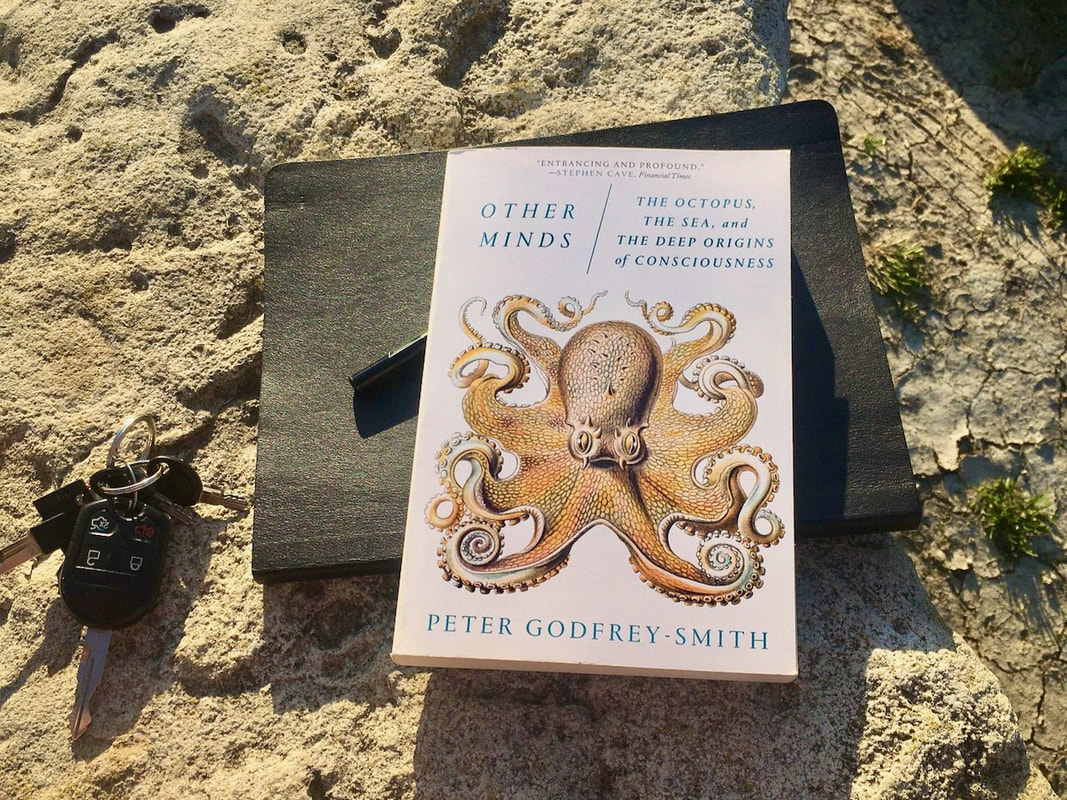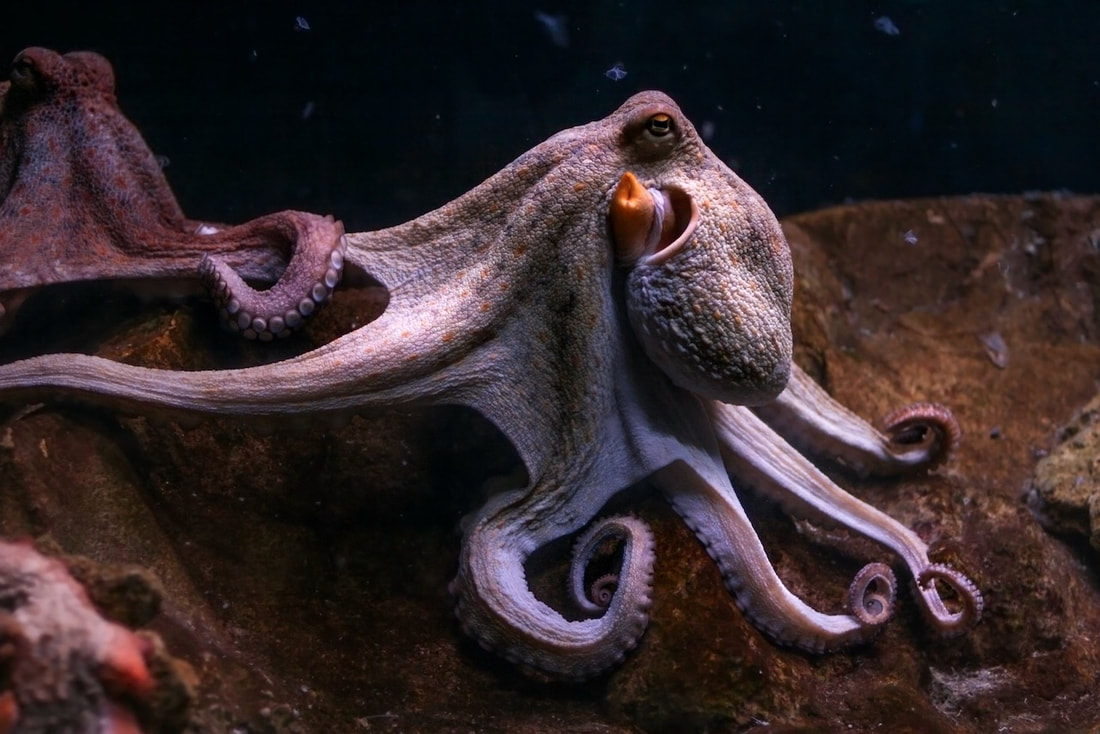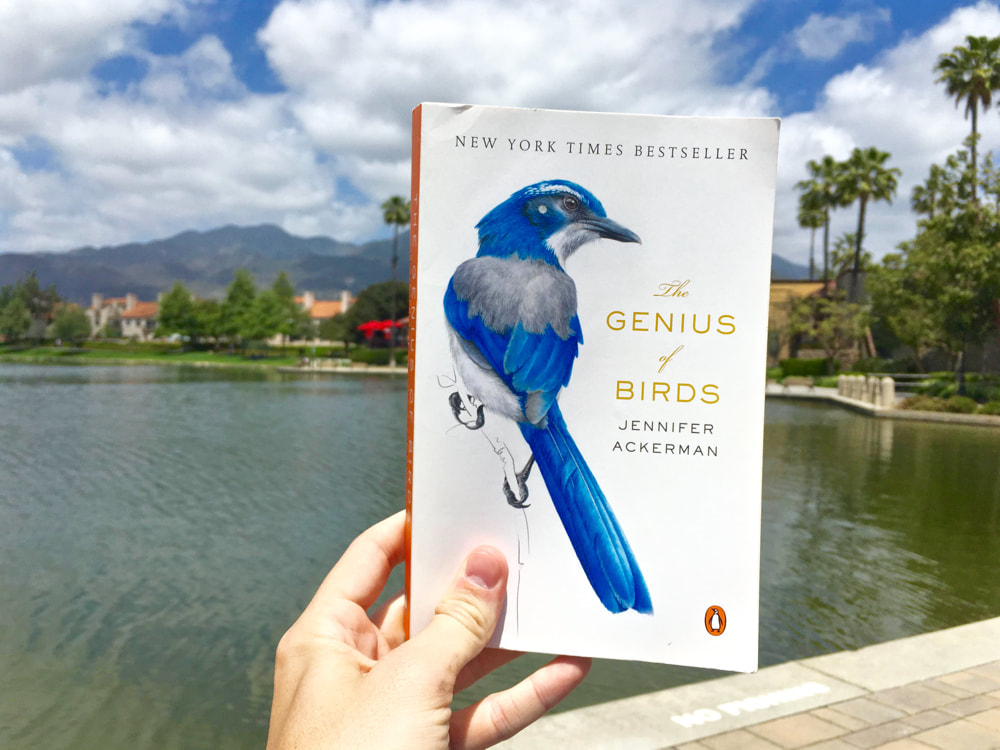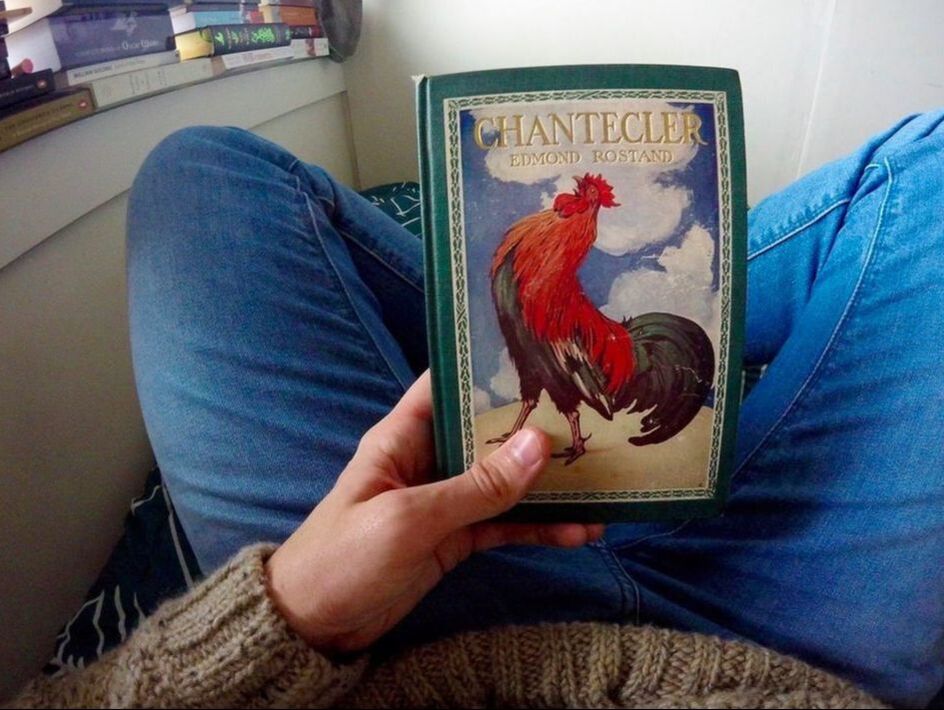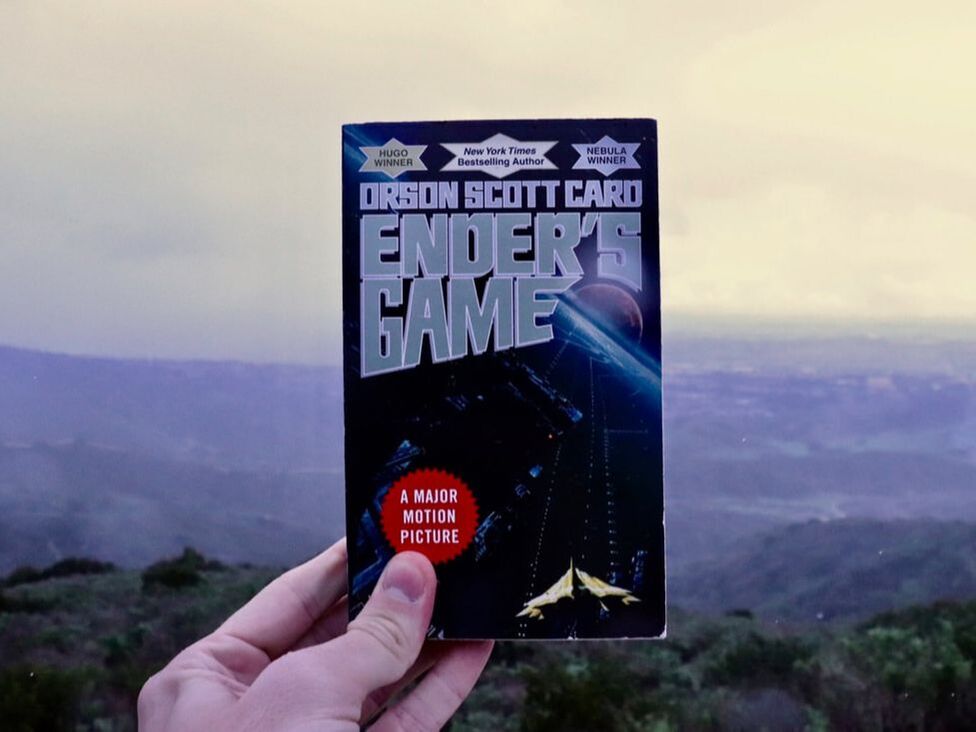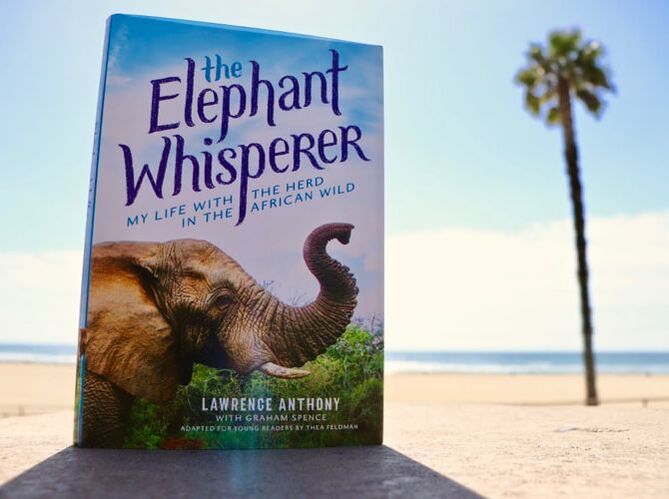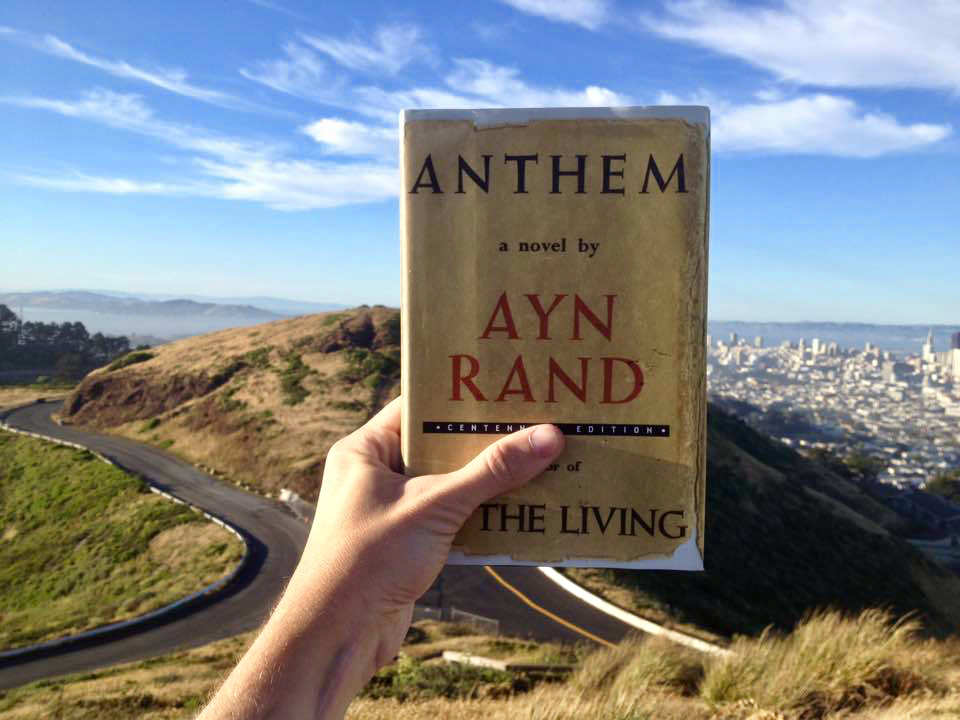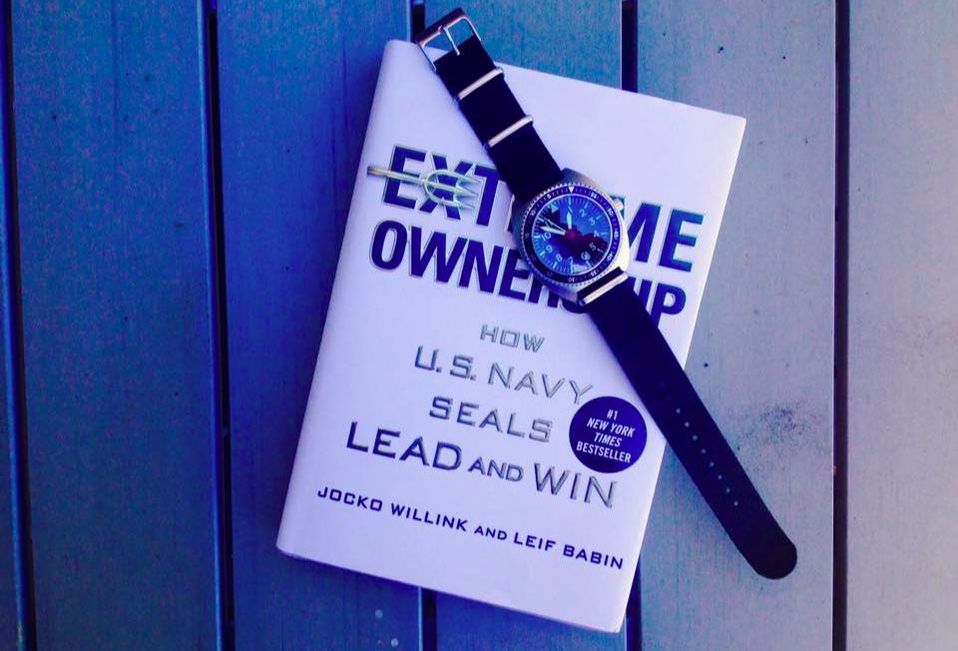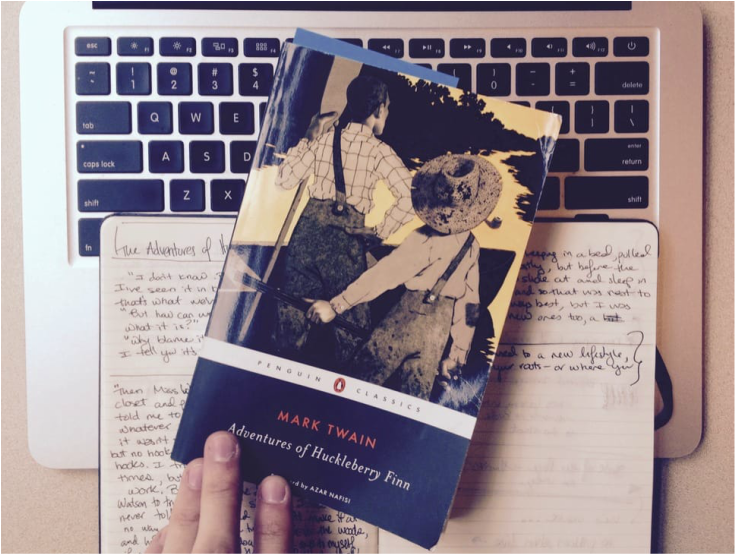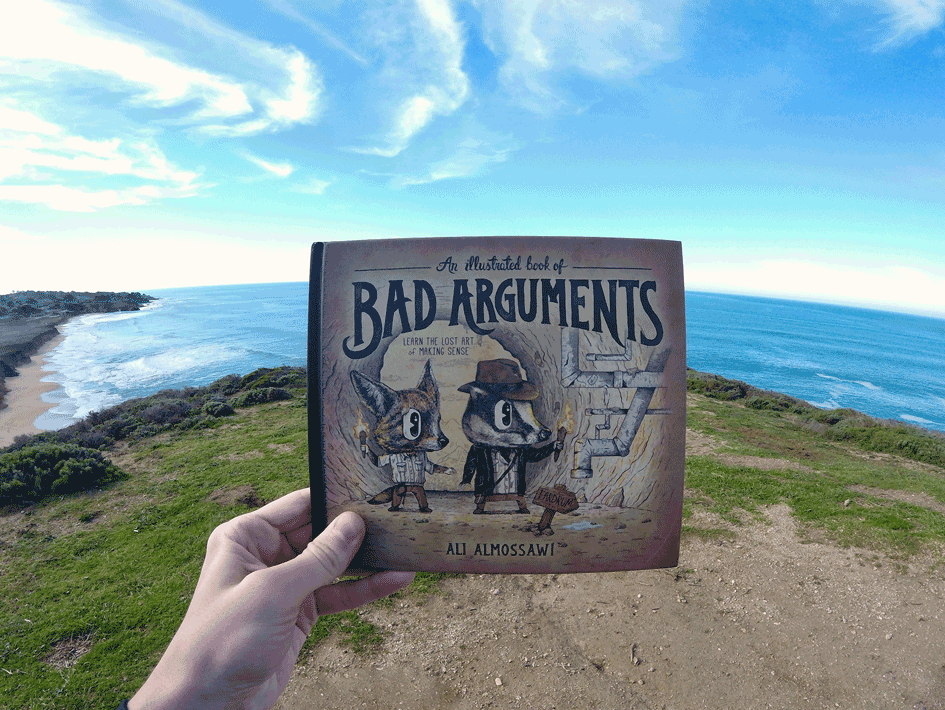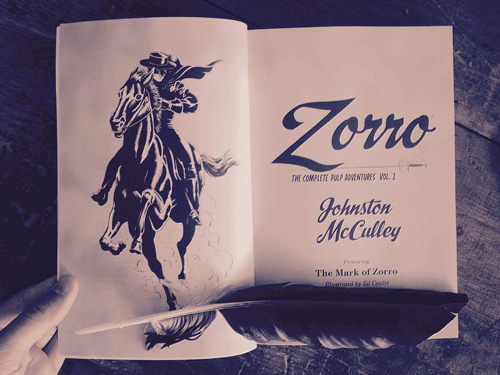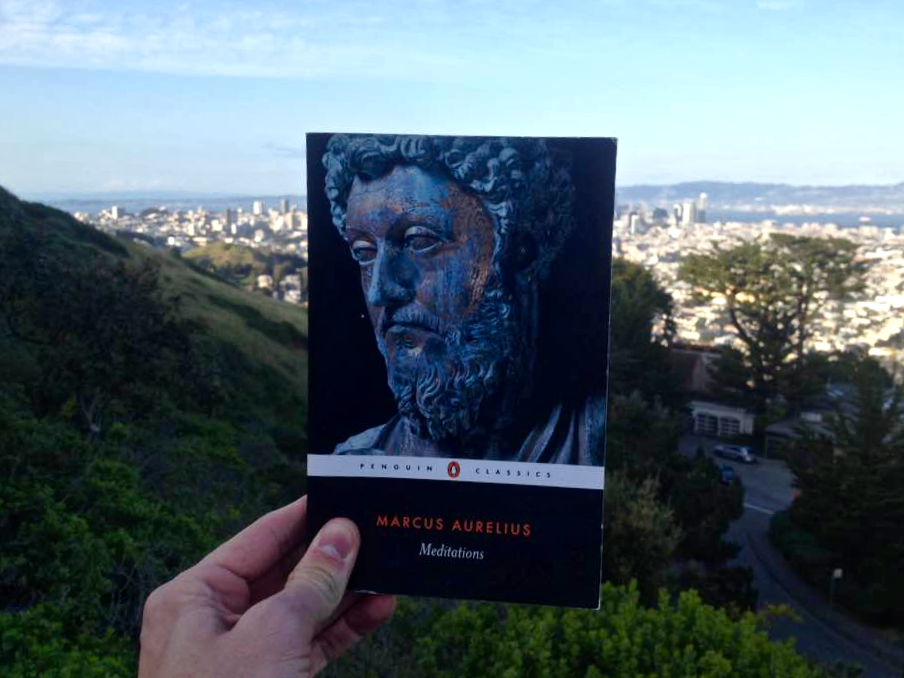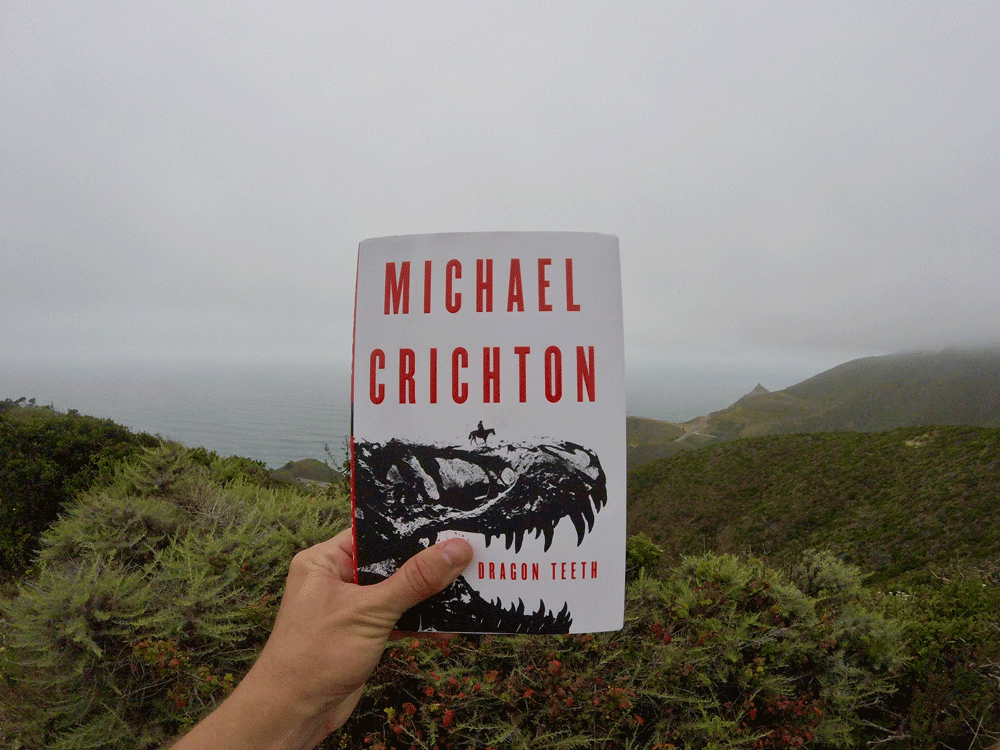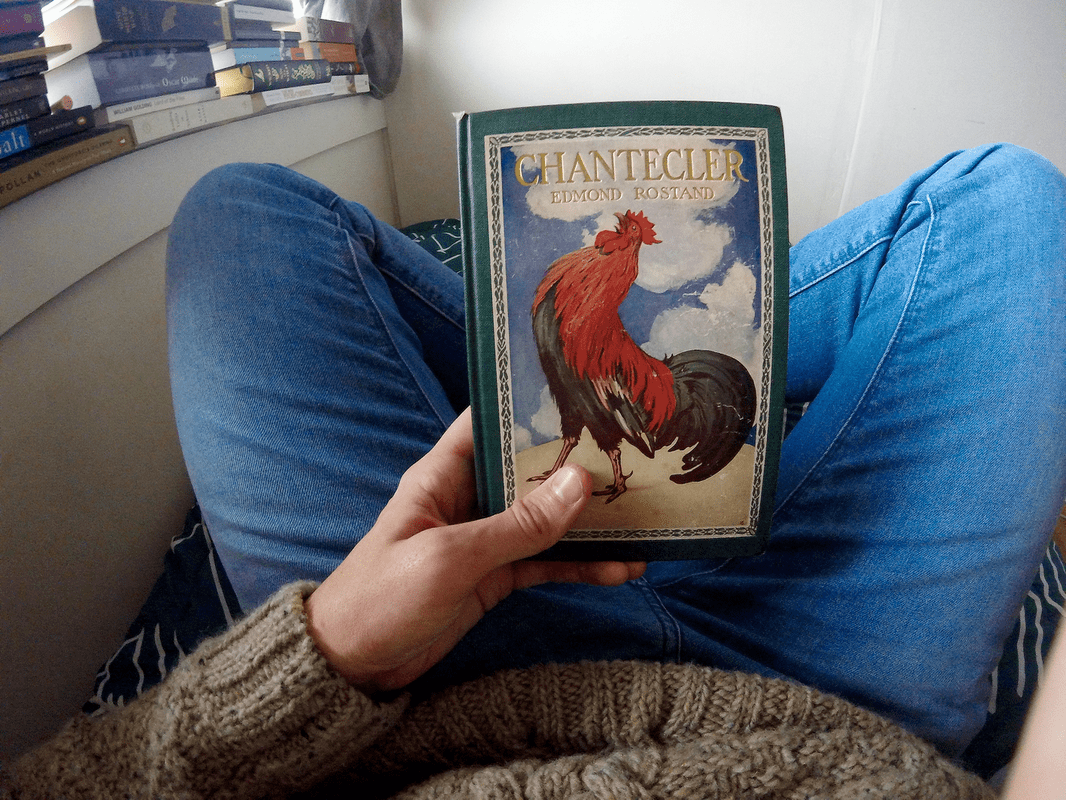“Mischief and craft are plainly seen to be characteristics of this creature.”
— Cladius Aelianus, 3rd C. AD about octopus
“The mind evolved in the sea. Water made it possible. All the early stages took place in water: the origin of life, the birth of animals, the evolution of nervous systems and brains, and the appearance of complex bodies that make brains worth having...when animals did crawl onto dry land [by about 420 million years ago] they took the sea with them.”
— PGS, Other Minds
Hawaiian creation myths speak of the octopus as the lone survivor of a lost world and time. Roman naturalists were taken by the creatures too, characterizing them as full of ‘mischief and craft.’ 20th century scientists posit that humans and cephalopods share a 600-million-year-old ancestor. Modern field studies have observed dozens of social rituals with color changes and tentacle movements. This suggests a complex language rivaling those of baboons and dolphins. The author, Peter Godfrey-Smith, recounts one story of an octopus taking a scuba diver’s hand by one tentacle then walking across the sea floor with the diver in tow for a ten-minute journey to its home on the reef.
Octopus have memory, can use tools (like coconut shells as a mobile shelter), solve puzzles in captivity, recognize different humans even in uniform, escape cages with captor’s backs turned, and probably shift colors based on internal chemistry not just external variables. Animals like humans are much more capable and complex than we sometimes think. When we learn about them and their unique forms of being we learn about ourselves too.
Octopus have memory, can use tools (like coconut shells as a mobile shelter), solve puzzles in captivity, recognize different humans even in uniform, escape cages with captor’s backs turned, and probably shift colors based on internal chemistry not just external variables. Animals like humans are much more capable and complex than we sometimes think. When we learn about them and their unique forms of being we learn about ourselves too.
LINEAGE
INTELLIGIENCE
OBSERVATIONS IN CAPTIVITY VS. WILD
COMMUNICATION
OCTOPOLIS
- Cephalopods are 600 million years, and believed to be our distant cousin, evolutionarily
- The Pacific octopus is 20 ft from head to tip of tentacle and can weigh 100 pounds. There are over 300 species known. Both deep sea and reef dwellers.
- It’s believed that octopus evolved from shelled earlier ancestors.
- Cuttlefish squid, related to octopus, during a storm will simply go further out to sea or deeper. Octopus, in their rock homes will have a harder time and cling to the reef and their home throughout. Perhaps this is instinct from a time when they had a shell, or these animals are more comfortable in between two worlds—the land and the sea.
INTELLIGIENCE
- Octopus have a nervous system .5% the size of a human’s (500 mil vs. 100 bil) but it is spread out over their entire body. Embodied cognition is the idea that our body, not just our brain, houses some of the smartness and learning process. It is not just the brain. This is true for both humans and octopus.
- “Brains are like tool kits for the control of behavior. All (or almost all) bilaterian animals have some form of memory and a means for learning, enabling past experiences to be brought to bear on the present.” Octopus can walk on tentacles, squeeze through a hole the size of its eye, fold itself into a jar, expand itself to surround it. These freedoms and constraints lead to a type of learning and intelligence, it is argued.
OBSERVATIONS IN CAPTIVITY VS. WILD
- In the wild, octopus are fairly solitary creatures. In captivity, often they will interact differently with unique zoo keepers, even when those keepers wear identical uniforms Some octopus have been known to splash water on certain unliked keepers or shoot all new/unknown keepers with ink! Others, not like frozen squid over live crab, will make sure that the keeper is watching before throwing the frozen squid out of the tank! Octopus try to escape, and feign contentment until the keeper’s backs are turned!
- Sadly, in the ‘50s Octopus were electro-shocked, amputated on, given brain lobotomies, and all without anesthetics, until new regulatory laws were passed.
- Octopus play. They have a gustatory response to new objects: can I eat it? But, even if not, they can play and find enjoyment in it, learning. There was a case of an octopus using its jet propulsion to shoot a bottle back and forth with the filter valve’s stream!
- Octopus are social sometimes: wrestling; mating; exploring a scuba diver’s equipment. Others have observed bullying behavior or dominance displays. An octopus once took a diver by the hand and walked across the sea floor with him in tow to its den, a ten minute journey.
- Indonesian researchers once observed octopuses using half-shells of coconuts as shelter, carrying them around. Then assembling the two halves with them inside.
COMMUNICATION
- Cuttlefish and Octopus can change the color of the skin in less than one-second, controlled by the brain, but the skin is comprised of muscles, millions of pixel-like sacs of color: black/brown, yellow, red; whose combinations allow for orange and through light refraction, greens and whites and blues, oranges and bursts of white, couple with “sharp” tentacles or curved “blade-like” arms—an aggression signal in cuttlefish—but rare to see.
- Octopus skin can both sense light and produce a response that affects the skin’s color. Octopus can see with its skin: there may be no focusing of an image; only general changes and washes of light could be affects.
- Baboons have four calls/cries and yet have a rich, social, hierarchical dramas in packs. Octopus have dozens of colors and dozens of shades of colors. Some researchers believe in addition to colors, movements and rituals play a role in communication: do squids, cuttlefish, and octopus have a grammar with nouns and verbs. This may be step too far, but maybe there is language based on color and movement.
- Experience of life is compressed for an octopus, which live in the wild to be only one or two years old. Up to 4 years in captivity. Chapter 7 is incredible. The life and death explored by PGS as to why trees can live to be 1,000 and octopus only to 1.
OCTOPOLIS
- Octopolis is a large “engineered ecosystem” off the coast of Australia in which there is a very dense concentration of octopuses and marine life at large. He theorizes that it started probably due to a piece of boating equipment falling to the shallow ocean floor and providing a sudden miraculous home for an octopus amidst open, endless, dangerous space. The octopus could then use it to be safe and hunt around—lots of mollusks and mussels—whose shells began to liter the area. These shells attracted more octopus due to their dual purpose of scraps of food and also shelter. Repeating this cycle for generations and you have a makeshift ever-expanding reef of shells.
- Octopus live under the layers, safe, mating, coming out only if they need to feed or to go build a new home. This may lead to a microcosm of evolutionary social development of these octopuses and offspring’s brain over social interactions compressed in the area. Lonely octopus myth is being disproven with more exceptions to social behavior.
| The author believes that octopus may have unique non-evolutionary colors that reflect internal chemistry and emotional status. |

